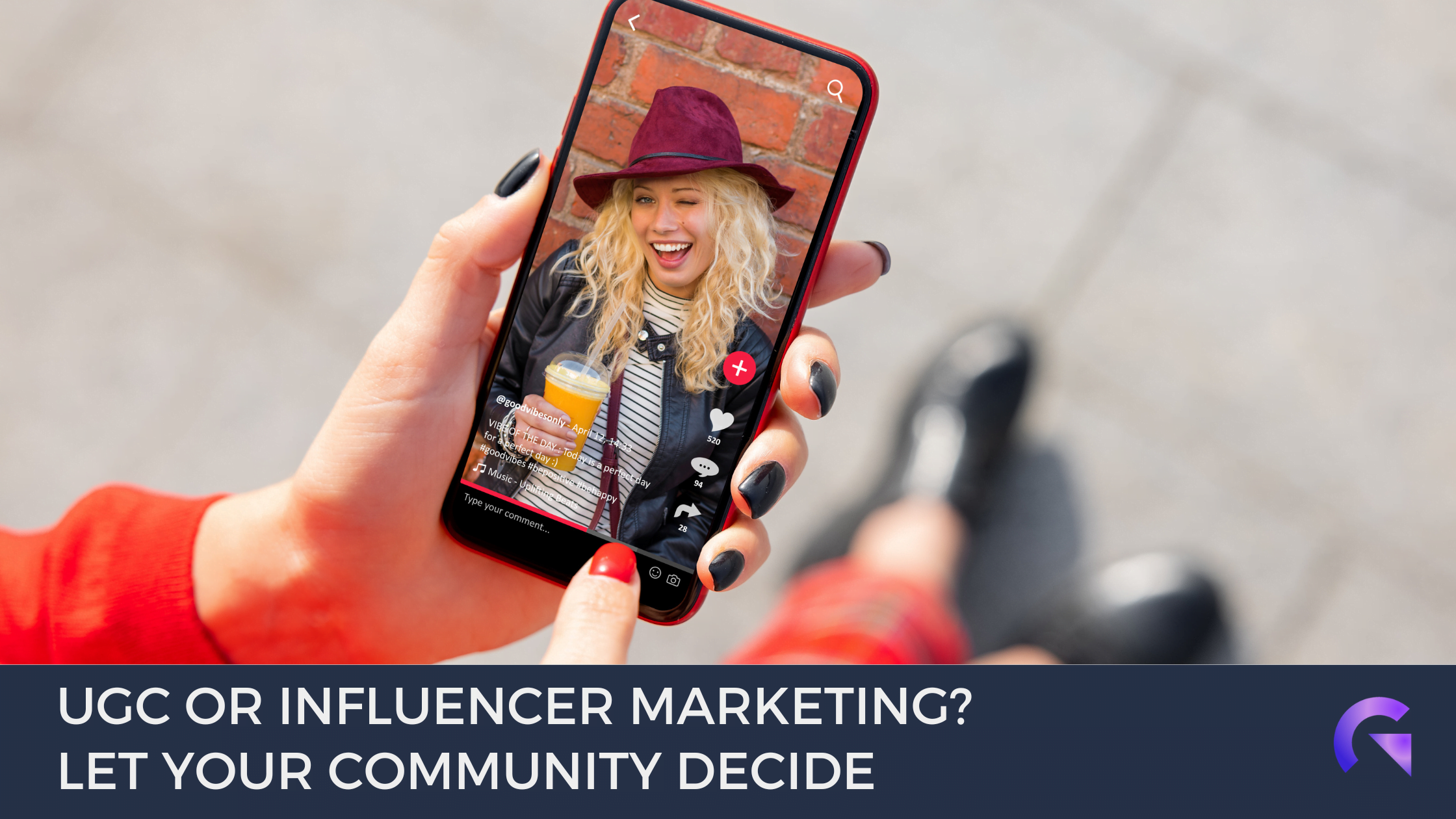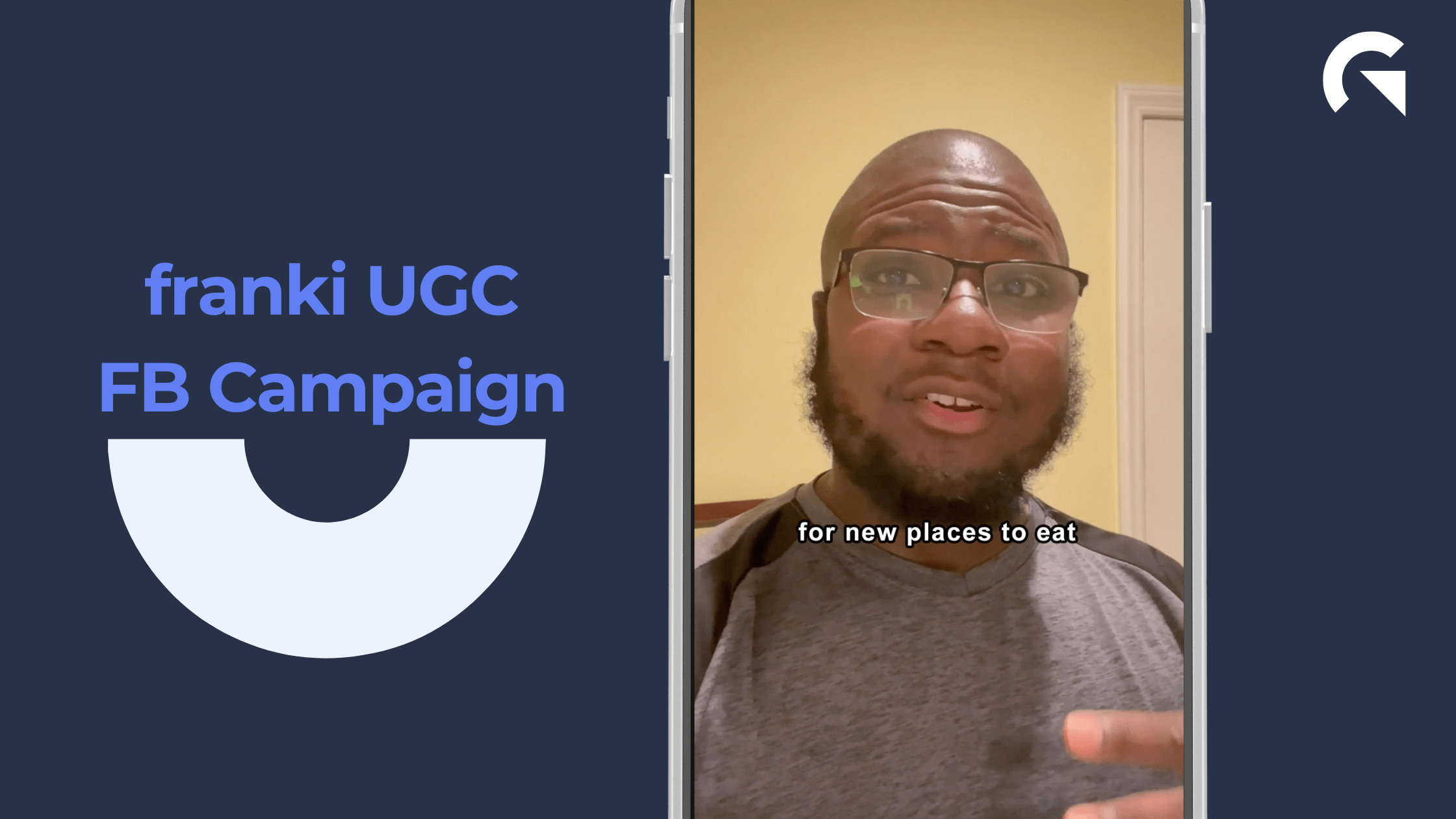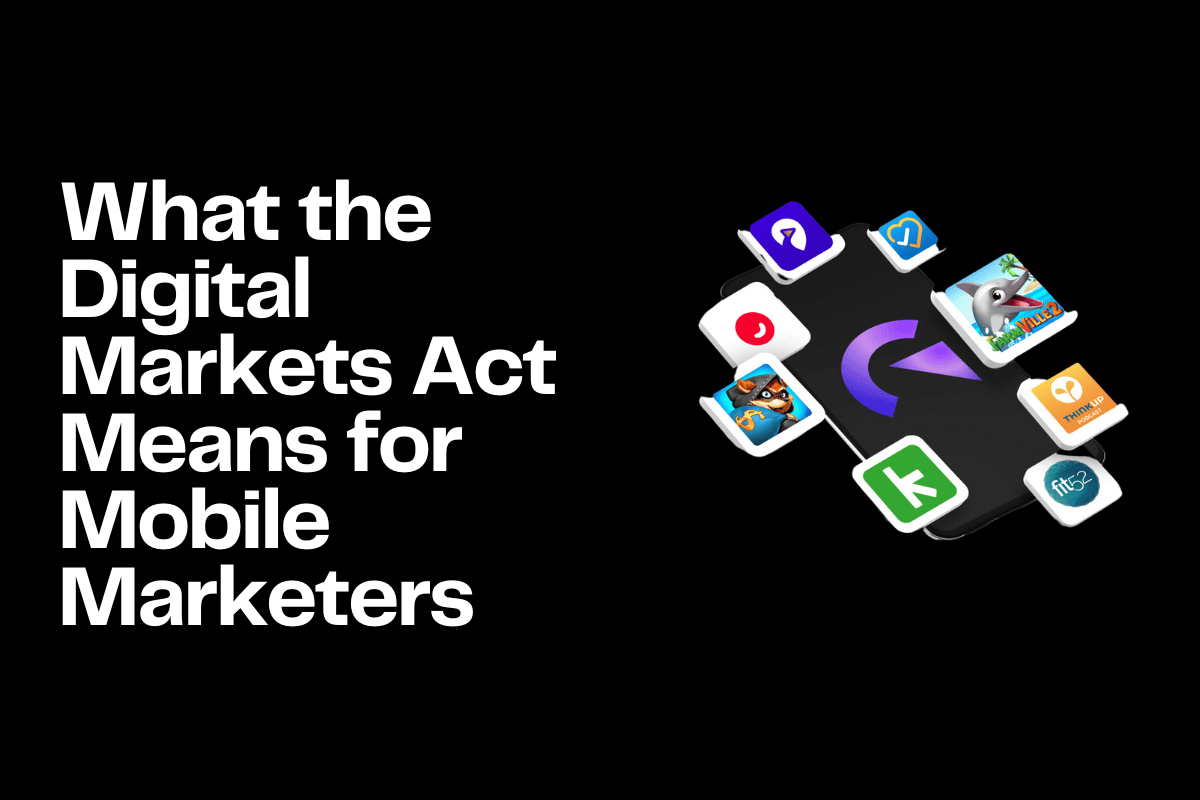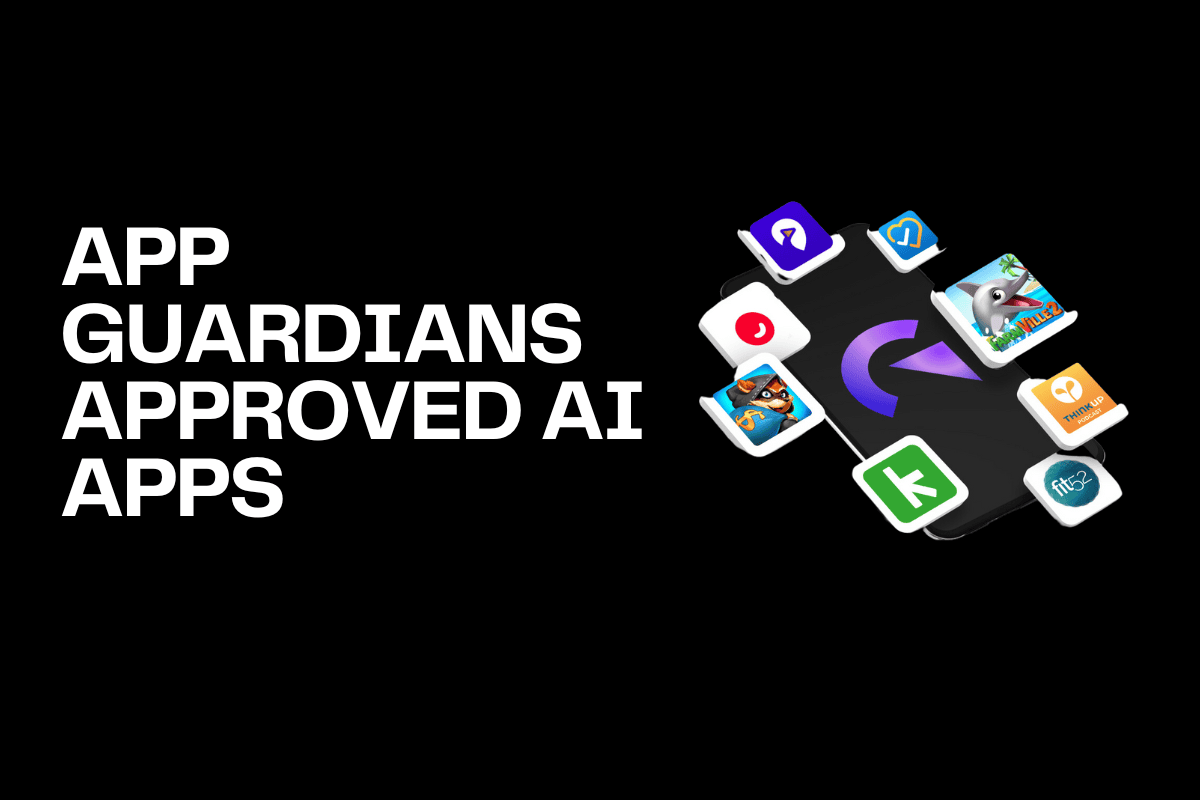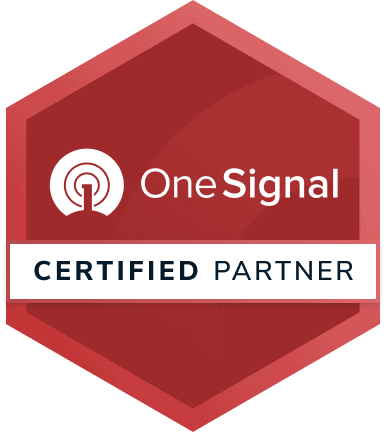UGC or Influencer Marketing?
When it comes to building an outstanding mobile-first advertising strategy, there are several directions you can take.
Two of the most popular are currently User-Generated Content (UGC) and Influencer Marketing.
But which one is right for your brand? The answer: listen to your community.
Your audience knows what they want to see and how they want to see it.
By paying attention to your users’ preferences, and staying true to your style, the brand can be more empowered to choose the method that will achieve next-level growth.
UGC vs Curated High-Quality Videos
The first question to ask when deciding between UGC and curated high-quality videos is: which will have better overall algorithmic distribution? The answer might surprise you.
User-generated content is often favored by algorithms because it is seen as more authentic and engaging. In fact, Instagram’s algorithm rewards accounts that use UGC by boosting their reach. On the other hand, curated high-quality videos may look sleek and professional, but they can come across as too polished and staged.
An example of a mobile app brand that uses UGC videos over high-quality videos as part of their advertising strategy is Strava. Strava is a popular social fitness app that allows users to track their workouts and connect with other athletes.
Strava’s advertising strategy is heavily focused on UGC videos, which showcase the real-world experiences of its users. The company encourages users to share their workout data and experiences on social media using the hashtag #Strava. aThe company then features some of the best videos on its own social media channels and website.
By using UGC, Strava is able to showcase the community of athletes that have formed around the app, as well as the wide range of activities that can be tracked using the platform. These videos are often shot using smartphones and have a raw, authentic feel to them that resonates with viewers.
Real People vs Big Name Collabs
Next, consider whether your community values real people of the community or big name collaborations. This is where it’s important to look at your vertical and watch the comments. Depending on your brand and industry, it might be more effective to use micro-influencers or everyday people to promote your app rather than big-name celebrities.
Why?
Because your audience may not trust the endorsements of famous people.
Let’s take a look at our client, franki, as an example.
Franki is a food and drink discovery brand that connects users with local foodies to find top-rated restaurants in their city. The app features video reviews to help users make informed decisions for a perfect night out.
Because of the nature of the app, seeing real users in the advertising is a more effective way to validate the authenticity of the reviews.
When implemented, a creative strategy based on user-generated content that highlights the benefits of the app, generated significant results.
For one, we achieved a 25% increase in CTI and 60% decrease in CPI on Facebook.
Cost-Efficient UGC vs Influencer Marketing
Lastly, consider cost-efficiency when deciding between UGC or Influencer video. UGC will always be a more cost-effective option, especially if the content comes from your actual users. Using influencers, on the other hand, will cost more but could increase acquisition if done with the right name.
The key is to choose an influencer (or influencers) who is aligned with your brand values and will resonate with your target audience.
Calm is a prime example of a mega brand that has mastered the use of big-name influencers. They’ve partnered with some of the world’s most A-list celebrities — including Kate Winslet, Harry Styles, LeBron James, Matthew McConaughey, just to name a few — to promote the app to a wider audience.
These influencers have created exclusive content for Calm, which are available only to Calm subscribers.
An influencer marketing strategy of this magnitude undoubtedly requires deep pockets, but it has clearly worked well for the brand. According to Statista, Calm was the highest-grossing health-related app worldwide, with in-app revenues of almost $6.4 million and has secured its spot as the world’s most downloaded mediation app with over 100 million downloads.
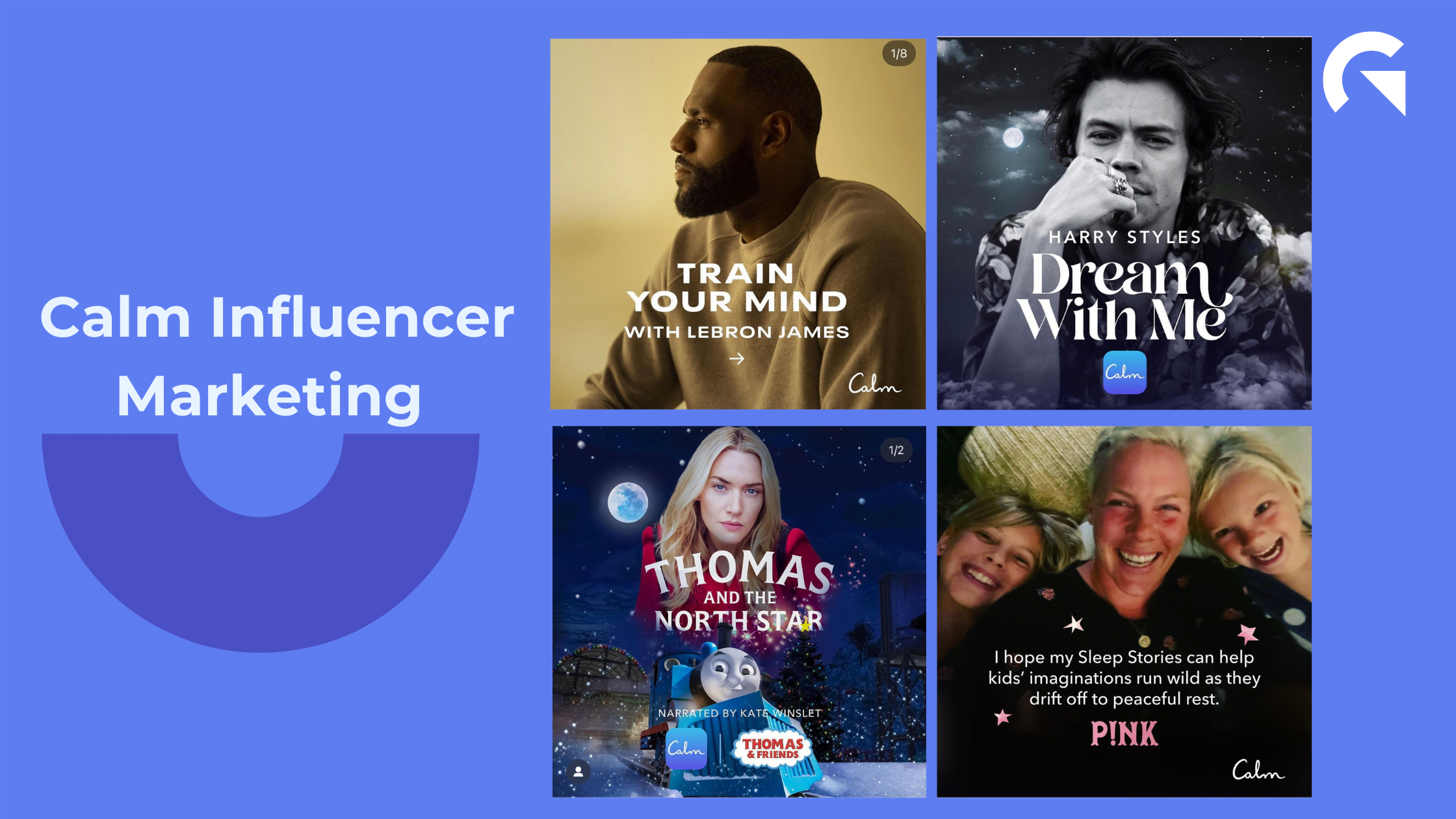
Major celebrity marketing partnerships can help build a new user base and expose your brand to a larger awareness
Unique content with this level of talent gives the audience as easy sell. Users will see ads relating to, or social content featuring the collab and quickly interact. Decision making becomes less of a challenge as you tap into the talent’s marketshare. Die hard fans tend to have quicker conversion – 49% of consumers will trust these influencers first when purchasing.
In conclusion, when choosing between UGC and Influencer content, it’s important to listen to your community. Understanding user preferences and values first, then you can create advertising campaigns that resonate with them and effectively reach your target audience.
Choose UGC or Influencer content based on what will work best for your brand, and always remember to put your audience first.
Related Articles
The Digital Markets Act and the Digital Services Act are two major pieces of legislature brought forth from [...]
The artificial intelligence trend is everywhere. It’s easy to get caught up in the mix when searching for [...]
For Wellness apps, the most challenging approach is the conversion of the user from passive to active. [...]

